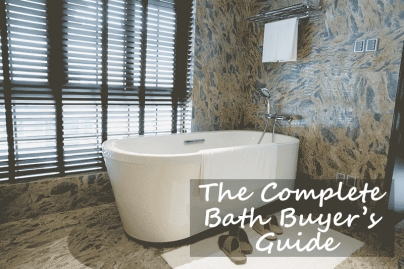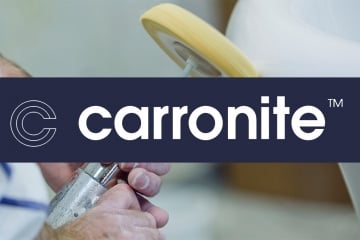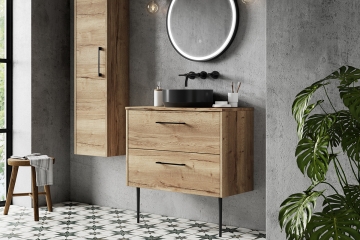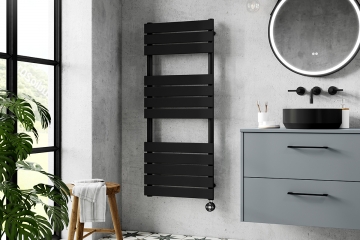The Complete Bath Buyers Guide

Buyers Guide to Baths
Here in the UK we are a nation of shower lovers, and within a generation, our bathing habits have switched dramatically from a daily bath to a morning shower. Although most of us are not using our bath on a daily basis, there's nothing quite like a long soak in the bath after a long week at work or a rough rugby match, and bath sales remain buoyant. If you are thinking about giving your bathroom a makeover and considering buying a bath, then there are a few key points that you have to take into consideration.
Freestanding or Built-In?
The main decision you will have to make is whether you are going to look for a bath which is freestanding, or one which fits neatly against a wall or into the corner of your room. In many bathrooms, your decision will be determined by the space you have available. Freestanding baths can look amazing, but you need a large enough bathroom to put the bath in the middle and still be able to move comfortably around. Small and compact bathrooms do not lend themselves well to a freestanding bath, and a built in tub might be the only option. Measure your room carefully before you start looking for baths, remembering that you need to leave enough of a gap to move around the room. There's also the style and era of your home to consider; a freestanding bath in a larger bathroom is often a feature of a period property, whereas a fitted bath is often more appropriate in a more modern house.
Size
Not all bathtubs are the same size and again, it's important to know the measurements of your room to make sure that what you're looking at will fit. Standard baths vary in length between around 1.4m and 1.8m, and there are also shorter bathtubs available for smaller rooms. If you're replacing a bathtub and don't want the additional expense of tiling, plastering or painting, then try to get a replacement which is exactly the same size. It can be hard to imagine what a bath which you see on a website or in a cavernous bathroom showroom will look like in your bathroom, so make sure you get the tape measure out before signing on the dotted line.
Material
Most baths in the UK are made of either plastic or steel. Plastic baths have many advantages; they are cheaper to buy, easy to keep clean and much lighter. Steel baths are the traditional choice and will look great in a period home, but can be more expensive to buy and extremely heavy to move. Care must also be taken when cleaning a steel bath so as not to damage the enamel surface. Some of the more fashionable baths on the market are made using ceramic or even glass, but these are much more expensive options.
Adding a Shower
If you're struggling for space, then it makes sense to get a bath where you can fit a shower at one end. Any standard bath will offer this capability, but if this is your plan, look for a bath which is wider at one end like a shower tray. These are often known as L-shaped or P shaped baths. Their unusual shape will give you more space while both showering and bathing, but will also take up more floor space than a standard bath.
Storage and Panels
The space under the bath panel has often been dead space, but there are many new bath panels on the market which allow you to fit drawers under your bath, or can flip down on a hinge to allow you to store bathing products or bath toys inside. Even if you don't want to use your bath for storage, you can usually also have the option of changing the standard panel for something a little more unusual, or even a different colour. Consider all of your options before making a decision.
Budget
Buying a new bath doesn't have to be expensive. A basic, standard acrylic bath could cost you are little as £50, but if you are thinking about a top of the range whirlpool bath, the price is likely to be upwards of £700.
Related Posts
The patented, triple-layer Carronite reinforcement system has been a staple in the bath industry for 40 years. We dig into the truth behind the strapline...
Choosing between floor-standing and wall-mounted vanity units should be straightforward, but it's actually one of those decisions where both options have genuine advantages and some proper drawbacks that aren't immediately obvious until you've lived with them.
When you're replacing radiators or planning a heating system, the sheer number of options can be a bit baffling. Panel, convector, column, designer - what's the actual difference, and does it matter?




